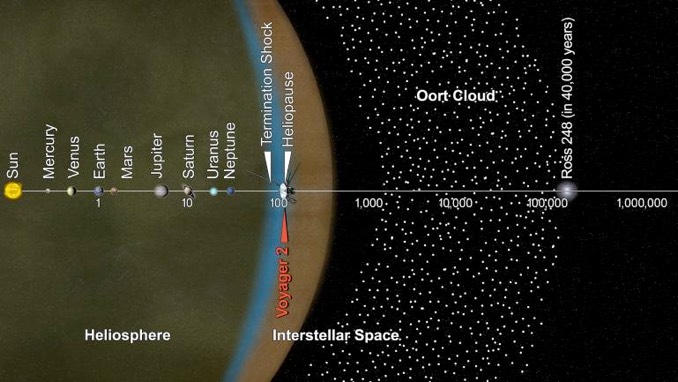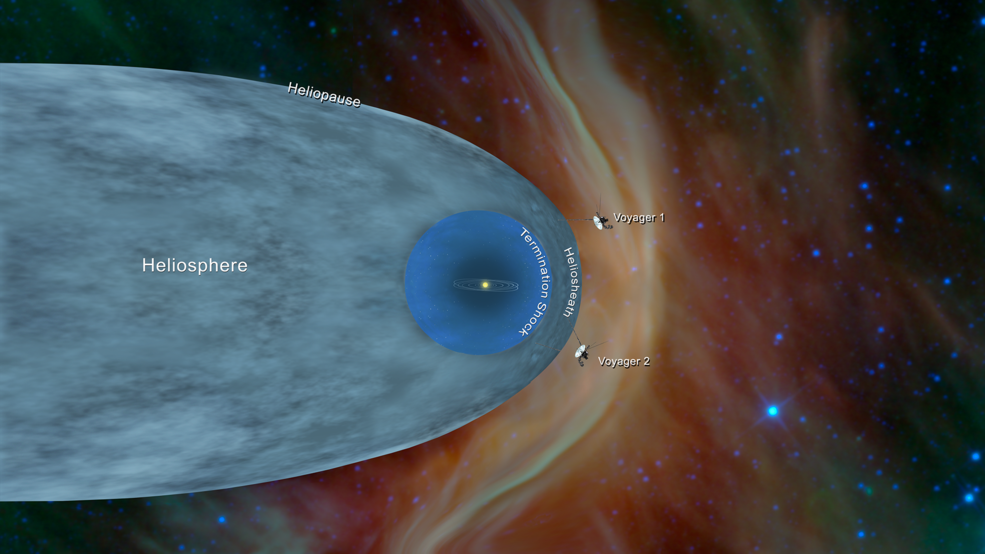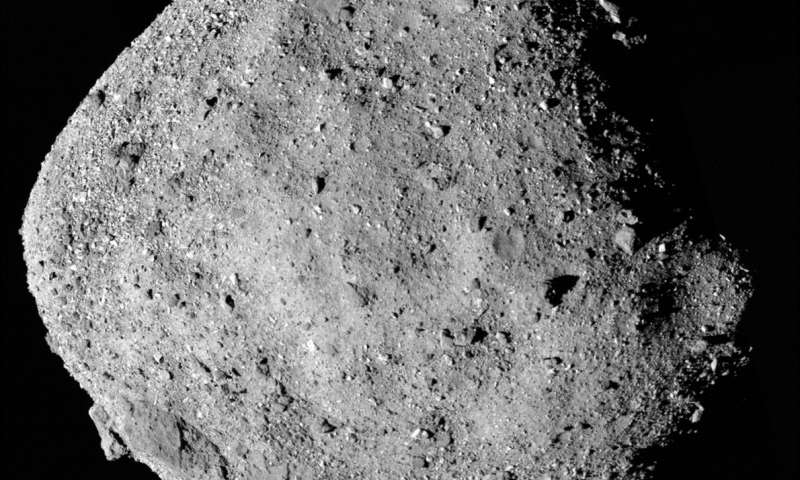Robert sent in the links https://www.dailymail.co.uk/sciencetech/article-6479655/Nasas-Voyager-2-… … and https://astronomynow.com/2018/12/10/voyager-2-leaves-the-suns-influence-… … and https://www.nasa.gov/press-release/nasa-s-voyager-2-probe-enters-interst… …. Voyager 2 is now officially outside the Earth's magnetic bubble and within interstellar space – although it has yet to pass through the Oort Cloud. It was announced at the American Geophysical Union conference on December 9th (2018). Voyager 1 crossed the same boundary in 2012 but Voyager 2 carries instruments that are still partly functional. It will be able to sense interstellar plasma. At some time it will come into contact with another star's magnetosphere – or whatever plasma might be doing out there in space. Also, we shall soon find out if there is a cosmic ray bombardment from supernovae explosions (see also http://spaceweather.com 11 th December 2018) …


Meanwhile, the Gemenid meteor shower is underway (an annual shower with an origin in Phaethon), an asteroid or defunct comet. At the link http://spaceweather.com, 11th December, you can watch a short video of a Gemenid meteor (in the foreground) seem to pass in front of Comet Wirtanen (in the background).
At https://phys.org/print463644233.html … the asteroid Ceres appears to have a carbon rich surface – rich in organic matter. Data from NASAs DAWN spacecraft has been analysed in a paper in Nature Astronomy (December 2018). These compounds are mixed up with clays with an origin in water. Ceres poses a question on the evolution of and distribution of organic species in the solar system.
At https://phys.org/print463681398.html … the OSIRIS REx spacecraft is well on its way to the asteroid Bennu. It has just confirmed Bennu has water – or more precisely, molecules that combine oxygen with hydrogen (hydroxyls) …
 … the mission is currently performing a preliminary survey of Bennu, flying the spacecaft in posses over the asteroid's poles and equator (as close as 7km away). It has closely recorded a surface mostly littered with rocks , or regolith.
… the mission is currently performing a preliminary survey of Bennu, flying the spacecaft in posses over the asteroid's poles and equator (as close as 7km away). It has closely recorded a surface mostly littered with rocks , or regolith.
